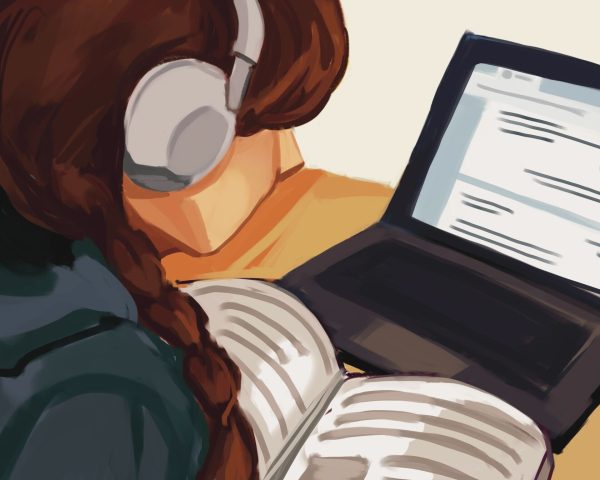Technology keeps students interested and engaged
Teachers should welcome technology in the classroom as useful learning tools
Anyone from the Silicon Valley can tell you that new technology is advancing faster than anyone could have imagined. Though it is apparent in our everyday lives, the majority of classes seem to lag behind when it comes to taking advantage of the benefits that technology can bring into the classroom.
We have all had those teachers who greet you on the first day of school by saying “Keep your cell phones out of sight” as you take your seat for the first time.
Though there is fair reasoning behind this request, such as the concern that such electronic devices can distract students, there are also ample reasons to believe that technology and use of devices should be more welcomed in the classroom.
Earlier this year, principal Kim Diorio spoke about her vision for the future of learning and how technology plays into it.
“We’re trying to get to the point where we have a device for every student,” Diorio said. “I would love to see in the next two or three years that [students] are actually bringing [their] own devices into class, or using [their] smartphones as a learning tool. I think it’s where we’re heading in technology and in the world.”
The modern day teenager has his or her life immersed in technology on a daily basis. In fact, learning has extended outside the classroom and on to the Internet. Simply looking looking up the definition of a word up on Google will provide you with more definitions than anyone would be willing to read.
In addition, there are now YouTube channels and websites such as Khan Academy, TED and Bozeman Science that can be incredibly useful when it comes to explaining complicated concepts or reviewing ideas. By taking this technology and placing it into the classroom, students may be more engaged in and enthusiastic about the material being taught.
Classes such as Advanced Placement Psychology have proved the perks of using technology by succesfully integrating technology into the classroom and making use of the plethora of information accessible through the Internet and different applications.
As an alternative lectures about the parts and functions of the brain, students were paired up and given an iPad to explore an app with all the necessary information.
Instead of being lectured about the eye, students were given a laptop and asked to watch a TED talk and answer several questions afterwards to test their retainment of the information, encouraging students to pay attention.
Though these are only a few examples of learning with the aid of electronic devices, the options are endless when it comes to integrating technology in learning.
Teachers should not ignore the fact that nearly every student on campus has some sort of smartphone and that the school has a vast number of laptops and iPads for student use. Teachers should instead take advantage of this opportunity and find a system which includes learning using technology that works for their classroom.
Your donation will support the student journalists of Palo Alto High School's newspaper












